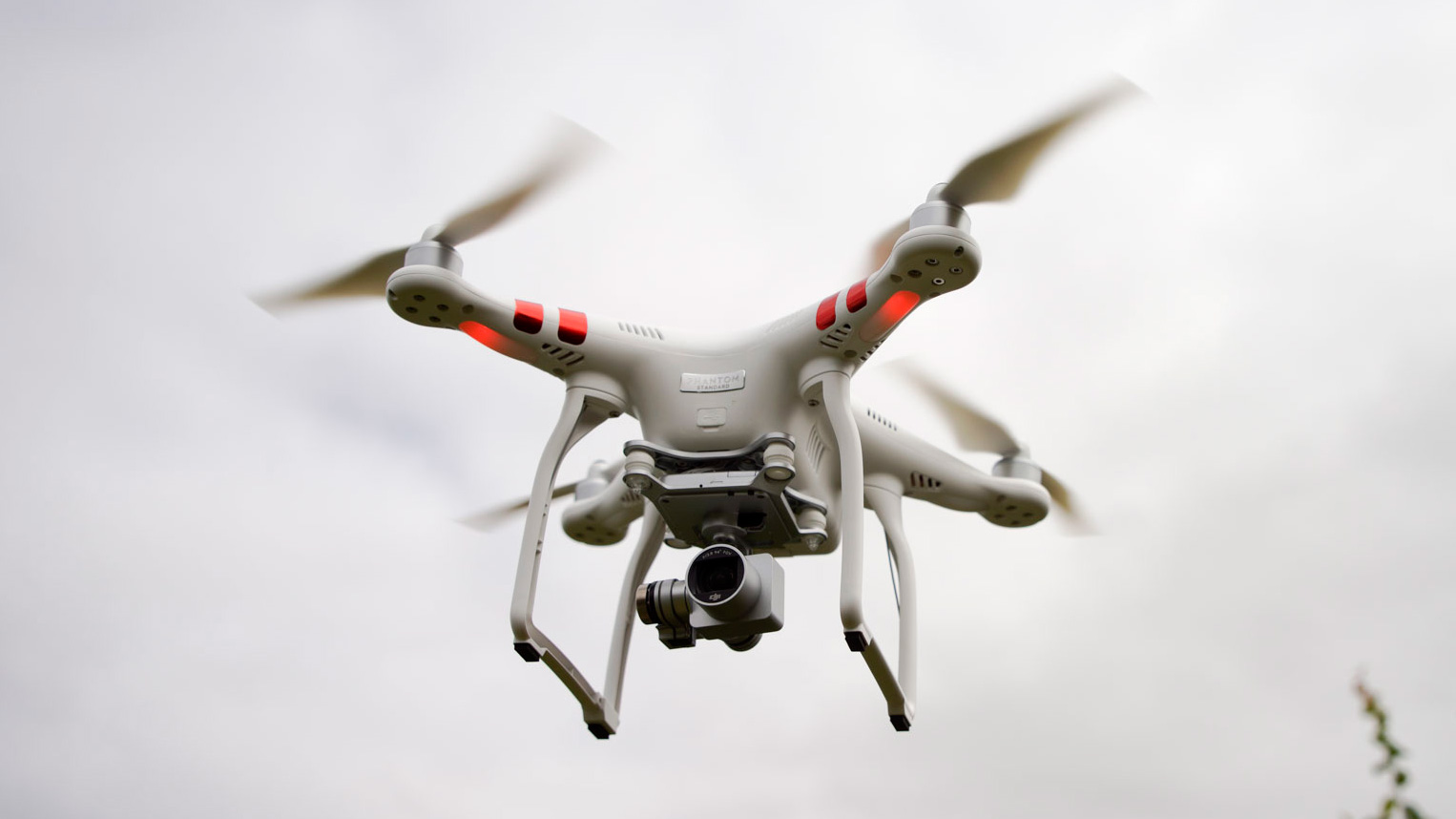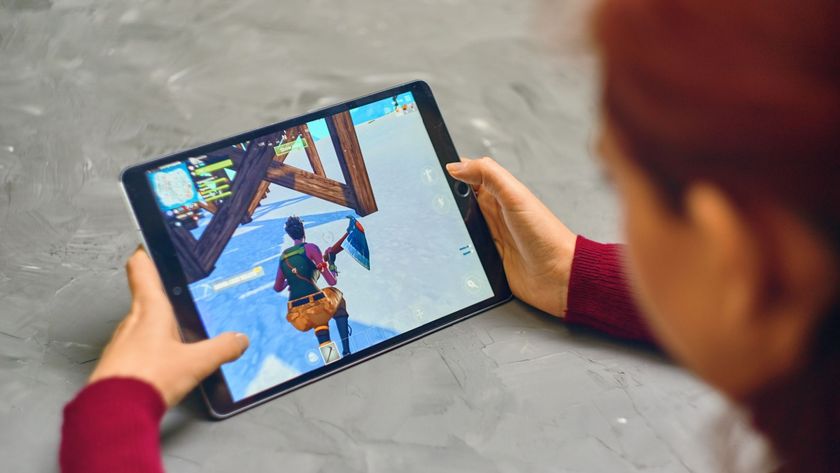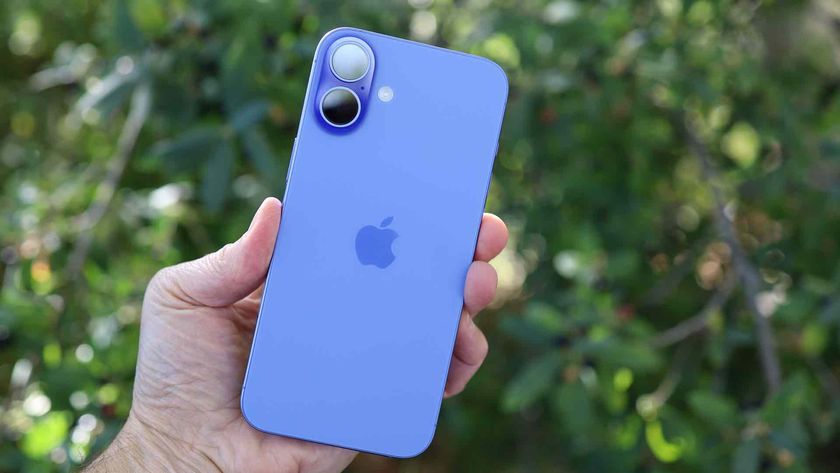Why you can trust TechRadar
One of the big advantages of the new Phantom 3 Pro and Advanced models is the ability to smoothly stream footage direct from camera to a compatible mobile device using DJI's own Lightbridge technology.
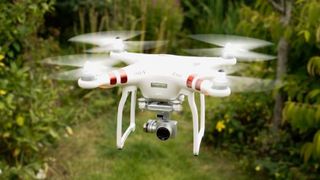
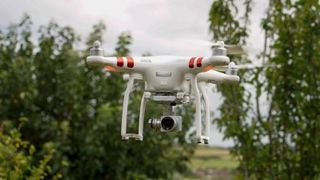
Video streaming was possible through the Phantom 2 Vision Plus through a WiFi connection but in order to use it properly an additional signal booster was required. The Phantom 3 Standard will use a similar WiFi system to the Vision Plus rather than the Lightbridge technology used by the other two Phantom 3 models, but in use it works incredibly well and the old booster that had to be attached to the controller has gone – the booster strength inside the controller and craft produces a signal strength strong enough to provide a decent stream.
Video quality
The sensor and lens may be small but they produce superb, crisp quality footage that captures plenty of tone and detail. The ability to adjust the exposure and sensitivity enables plenty of creative control.
Looking through our test footage far shows the video is rich in colour and tone, and the lens and sensor combination captures a good sharp image across the frame. Paused footage does show signs of detail and tonal graduation loss, but no more than you'd expect from any other camera of this size.
The controller
The remote controller is similar to the one supplied with the older Phantom 2, and features two sticks to control the throttle, rotation and tilt of the craft. There are also two switches on the left and right, S1 and S2, and depending on the mode and status of the craft these are used for configuration and automatic home recall. There is also a dial on the left to control the gimbal's tilt either up or down – but no direct control to operate the camera.
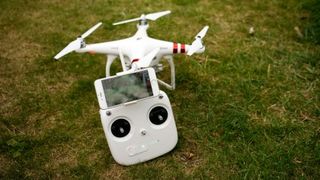
The app
The Standard model is far more reliant on the app than the other two Phantom 3 models for the basic operation of the camera because start stop recording cannot be activated either directly on the camera or through the controller.
Once the DJI Go app has been downloaded the connection process is shown on the interface. The Phantom 3 appears directly in the WiFi devices list of your mobile device and once it's selected and the app re-opened, clicking the 'Enter Camera View' button launches the app interface and the LiveView starts.
Even over a WiFi connection the quality of the feed is surprisingly good and although there is pixelation in the footage it still gives you a really good idea of the composition and exposure. The delay between real events and what appears on screen is a fraction of a second, far better than you'd expect from the majority of action cameras that offer a similar feature. The range of the WiFi link is limited compared with the Lightbridge connection of the other two Phantom 3 models but is still impressive; in an open space we managed a good 200m with only minimal dropout.
The app gives you direct access to the camera settings. Both video and stills have Program or Manual modes and here you can adjust the exposure compensation in Program mode and ISO and Shutter Speed in Manual.
Once you've selected the setting you want, the red shutter button on the interface can be clicked to start and stop recording. Once recording has commenced a small red light on the camera indicates that recording has started. Further settings can be changed in the camera settings section with access to resolution and file formats. In stills mode this gives you the option to shoot in either JPG or RAW.
Early verdict
The Phantom 3 Standard may be the entry level model, but it offers everything that the videographer or photographer could want when starting out. The simple design and operation make it incredible easy to fly, and the ability to control settings along with a reliable live view stream make it easy to compose and adjust exposure in order to easily capture the footage you want. The Standard model misses out on some of the features available in the Professional and Advanced models but that doesn't lessen the fun and usefulness of this small craft.
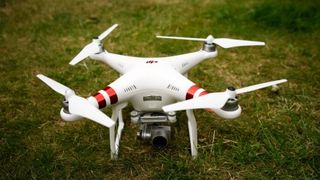
If you're where toying with the idea of buying a Phantom Professional or Advanced but put off by the price, the Standard could be the deciding factor. There is nothing else on the market that is as easy to use and boasts such high quality footage at this or even twice the price.
Ali Jennings is the imaging lab manager for Future Publishing's Photography portfolio. Using Imatest Master and DxO Analyser he produces the image quality tests for all new cameras and lenses review in TechRadar's cameras channel. Ali has been shooting digital since the early nineties and joined Future's Photography portfolio back in 2003.
What is a hands on review?
Hands on reviews' are a journalist's first impressions of a piece of kit based on spending some time with it. It may be just a few moments, or a few hours. The important thing is we have been able to play with it ourselves and can give you some sense of what it's like to use, even if it's only an embryonic view. For more information, see TechRadar's Reviews Guarantee.
